The earth is a fascinating, diverse and wonderful place. Connected by land and seas is a world of incredible terrain and sights. Here we have documented some of the most extreme corners of the earth for your education and fascination. Planet earth has it all, from dauntingly steep mountains to unimaginably hot temperatures.
Chimborazo, Ecuador: Farthest point from the Earth’s centre
Contrary to popular belief, Mount Everest is not the farthest point. It is Chimborazo volcano of Ecuador, sitting at 6,384.4 kilometres from the Earth’s centre. Everest clocks in at 6,382.3 kilometres.
Dallol, Ethiopia: The world’s hottest inhabited place
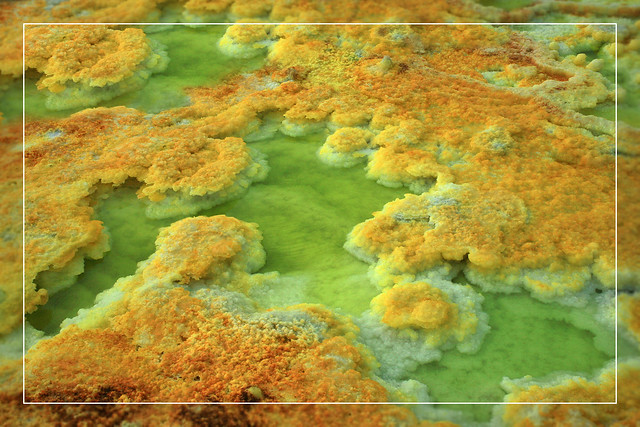
The average yearly temperature of Dallol is 34 degrees celsius, and it has been known to reach 64 degrees celsius in the Summer. The only regular visitors to Dallol are camels, who collect salt.
Dead Sea, Jordan/Israel: The lowest point on Earth

Swimmers can literally float in the Dead Sea, due to the density and 33.7 per cent salinity of the water. At 423 metres below sea level it is the lowest point on earth.
Tanggula, China: The world’s highest railway station
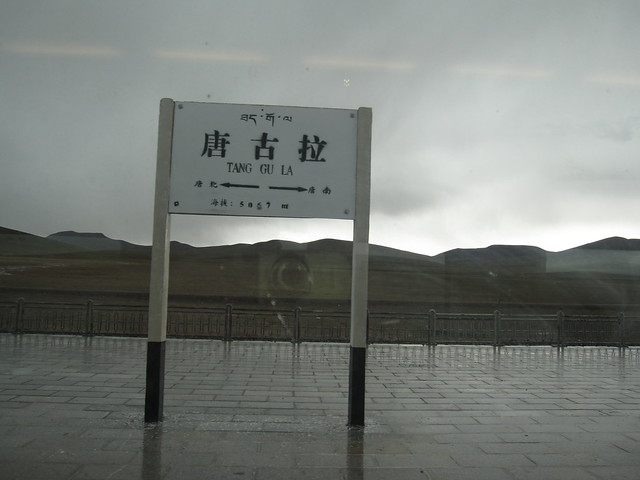
This unstaffed railway station is situated at 5,068 metres above sea level, in Amdo County, Tibet Autonomous Region, China. It is now strictly a thoroughfare station due to the area’s inhabitance. Passengers cannot board or stop at the station.
Lake Titicaca, Bolivia/Peru: The world’s highest navigable lake
Bordering both Peru and Bolivia in the Andes, Titicaca is also the largest lake in South America (by volume of water). Large boats and commercial craft are able to sail through it, earning the title of the world’s highest navigable lake. Though sadly the lake has been experiencing consistently lower water levels since year 2000, currently at it’s lowest since 1949.
Angel Falls, Venezuela: The world’s highest waterfall

Nestled deep into the jungle of Venezuela is this exceptional UNESCO World Heritage waterfall, towering at 979 metres high. The water flows over the edge of Auyantepui mountain into the Kerep River.
Aswan, Egypt: The world’s driest inhabited place
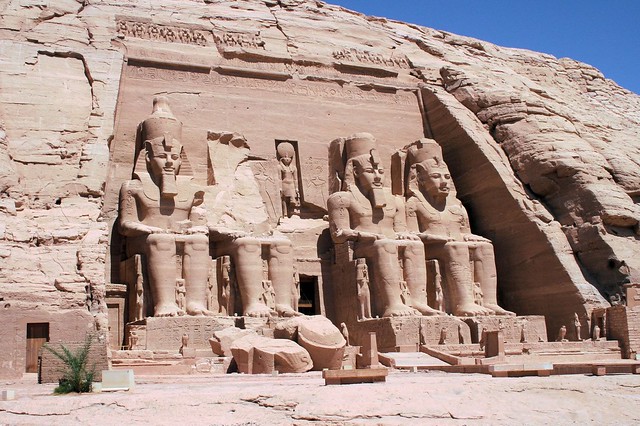
This dry city only experiences a few of millimetres of rain every five years, at best. At April 2010, the last recorded rainfall was a storm in May 2006. In some settlements, there are homes that have rooms without roofs as there is no need for them.
Cherrapunji, India: The world’s wettest place
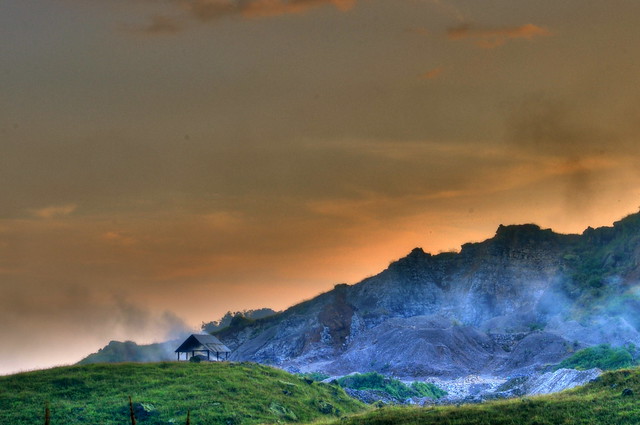
On the opposite end of the scale from Aswan is Cherrapunji of India, which has the highest record of yearly and monthly rainfall in the world. However, the wet town bizarrely often has a water shortage and locals have to trek for miles to obtain drinkable water.
Kilauea, Hawaii: The world’s most active volcano
Kileuea, translated in Hawaiian as “spewing” or “much Spreading”, is aptly named. It has been constantly spewing lava into the ocean since 1983 and is a favourite resource for volcanologists, due to its non-violent effusive activity.
Salar de Uyuni, Bolivia: The world’s flattest place

This salt encrusted land has a square mile radius of 4,086 which is exceptionally flat. Interestingly it is also the breeding home of several breeds of Pink Flamingos.
Everest, Nepal/China: The world’s highest mountain

Probably the most well known of the list is the infamous Mount Everest of the Himalayas. The peak reaches to 8,848 metres above sea level, earning it’s title as the world’s highest mountain.
Image Sources

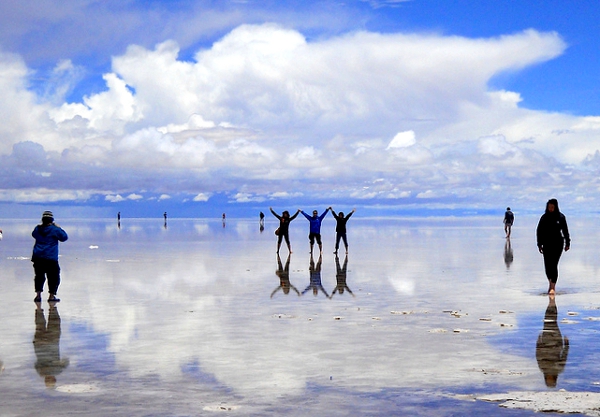
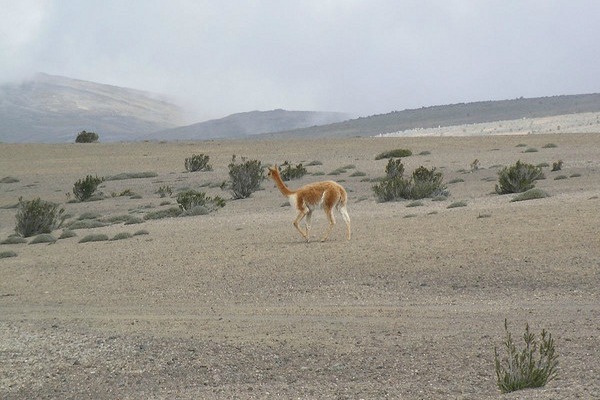
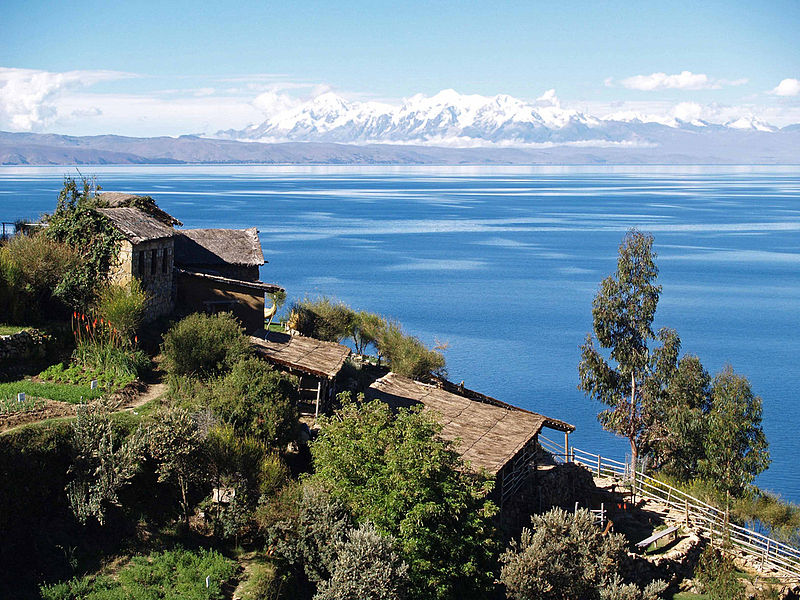
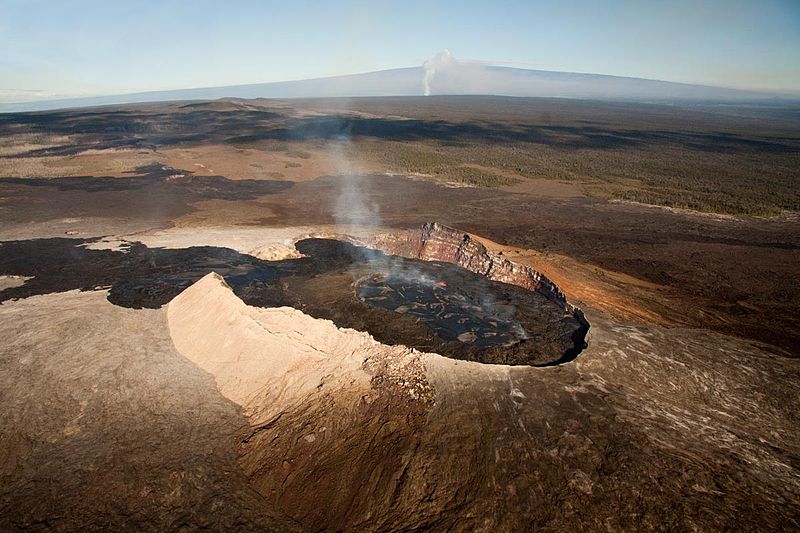
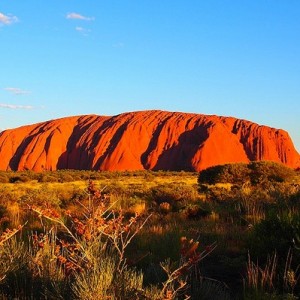

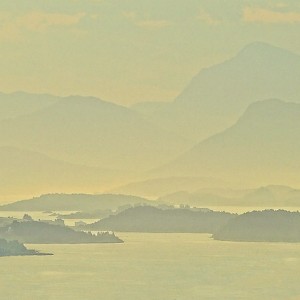
Comments are closed.